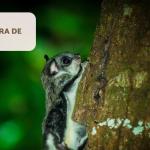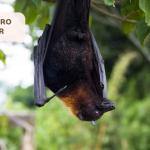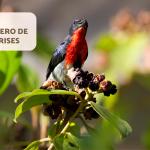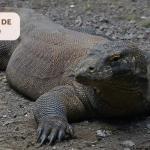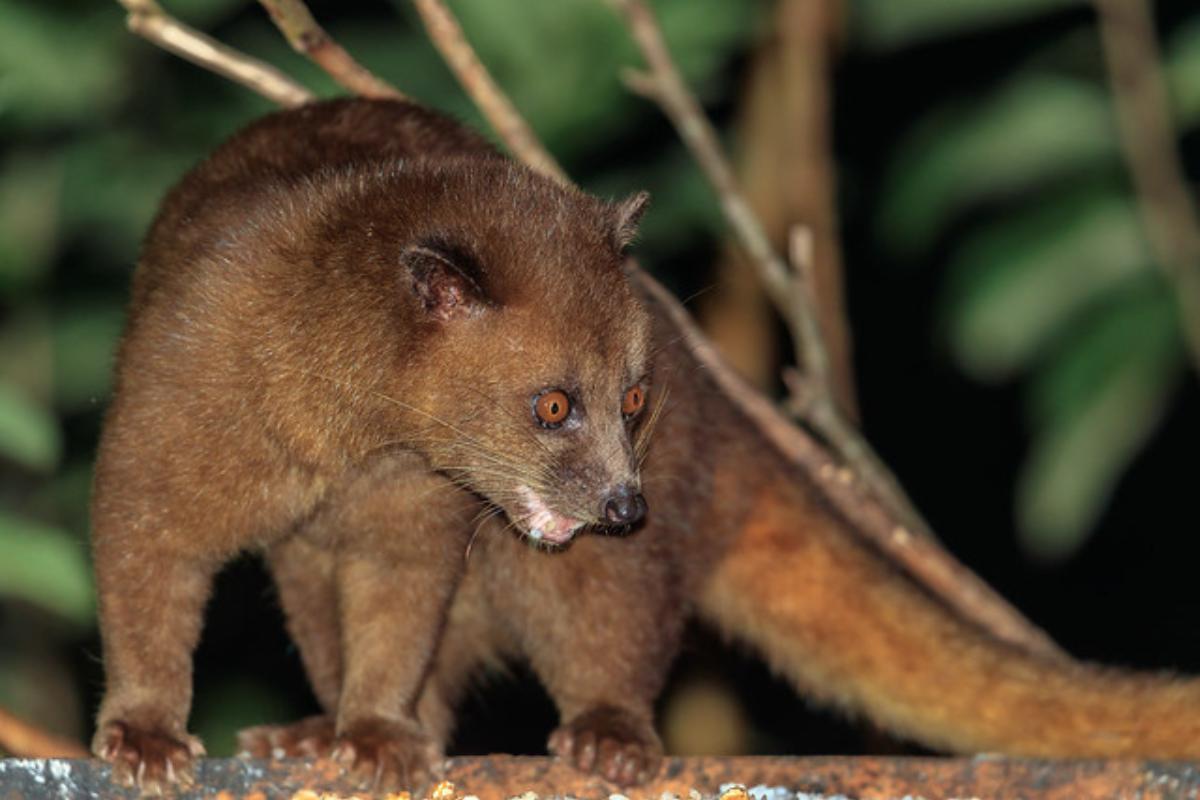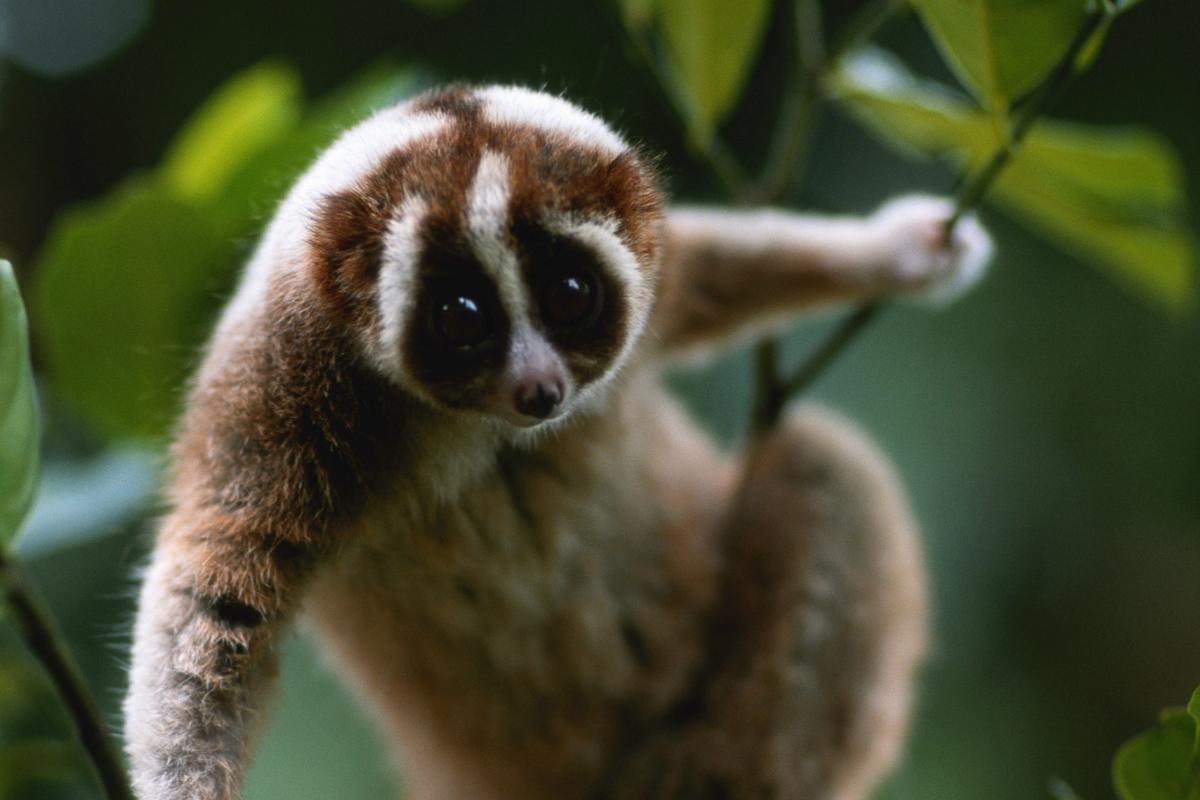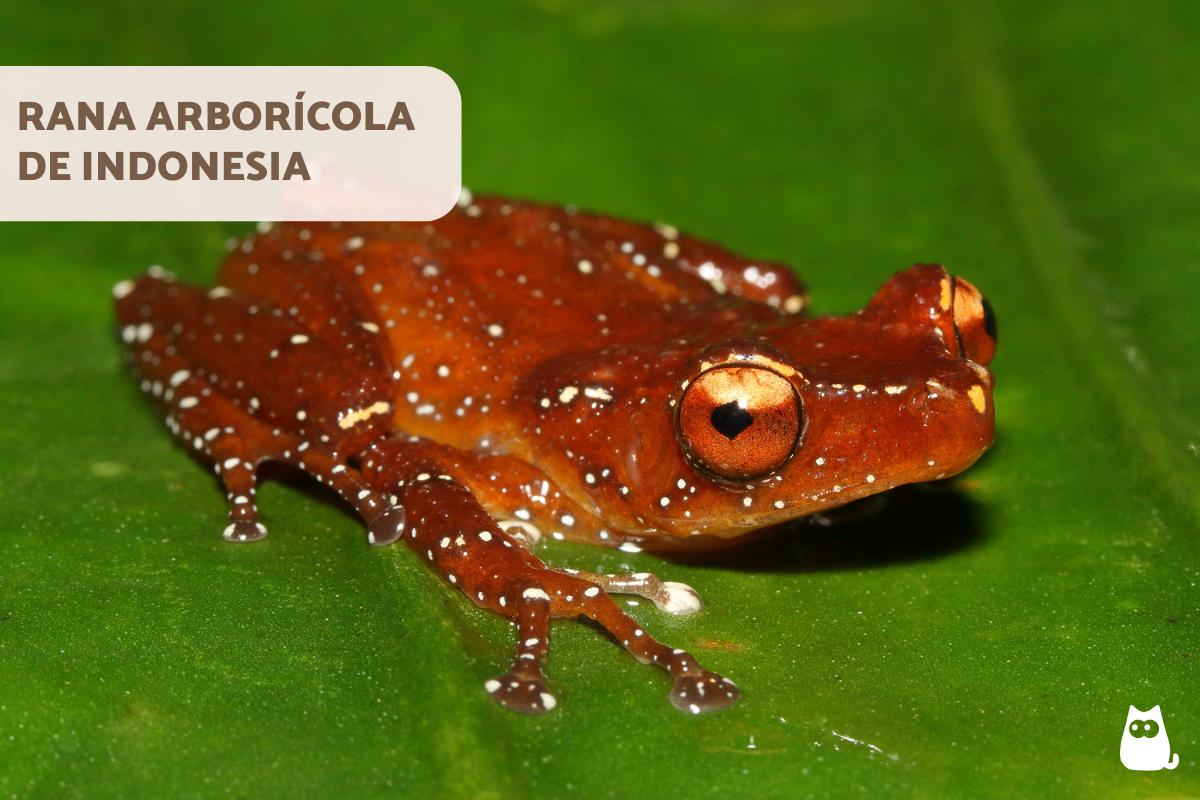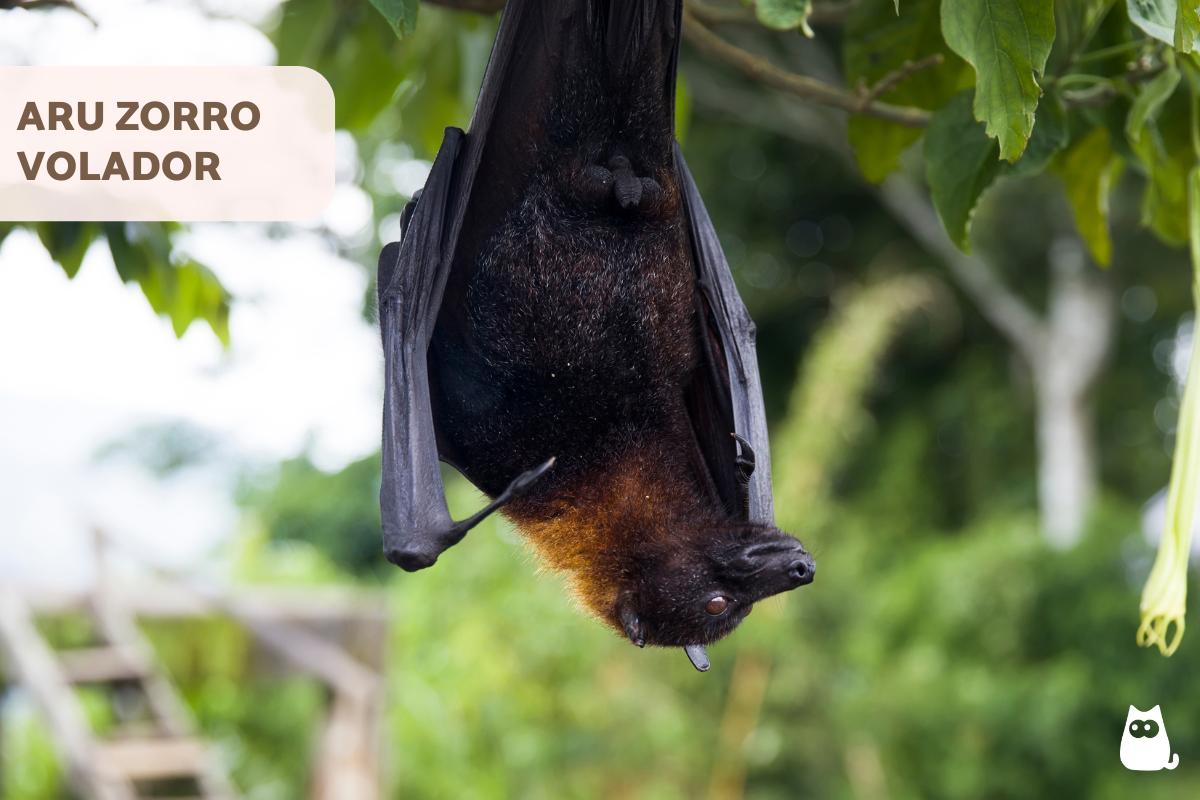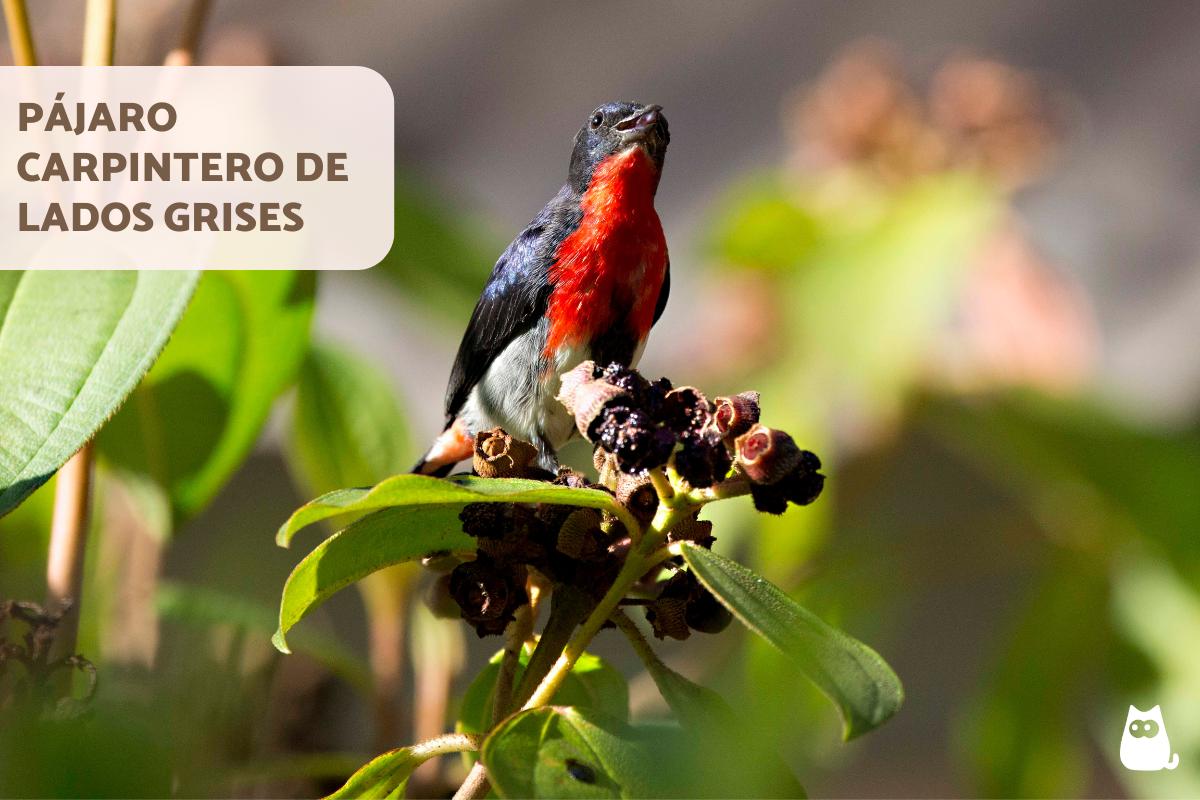Animals of Indonesia - A Biodiversity Hotspot

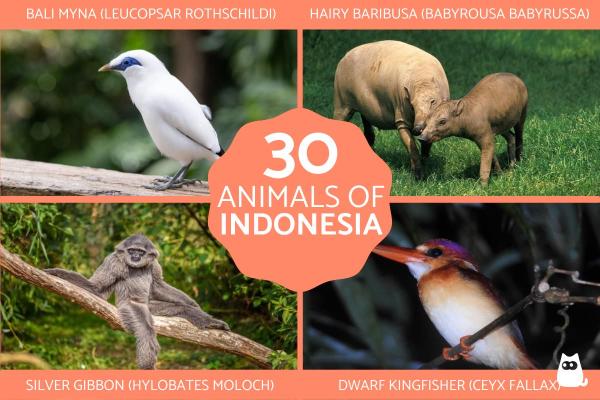
Indonesia, a vast group of islands between Southeast Asia and Oceania, has an amazing variety of wildlife. Its location near the equator and diverse landscapes, like rainforests and coastal mangroves, make it a perfect home for many species. However, this natural wealth is in danger. Many of Indonesia's unique animals are at risk of disappearing.
In the following AnimalWised article, we explore 30 iconic Indonesian animals. These fascinating creatures are not only unique but also endangered, highlighting the urgent need to protect the wildlife of this nation.
- Bali myna (Leucopsar rothschildi)
- Lowland anoa (Bubalus depressicornis)
- Dwarf kingfisher (Ceyx fallax)
- Celebes crested macaque (Macaca nigra)
- Silver gibbon (Hylobates Moloch)
- Celebes Civet (Macrogalidia musschenbroekii)
- Javan slow loris (Nycticebus javanicus)
- Hairy baribusa (Babyrousa babyrussa)
- Pygmy tarsier (Tarsius pumilus)
- Wallace's giant bee (Megachile pluto)
- Other animals of Indonesia
Bali myna (Leucopsar rothschildi)
The Bali myna (Leucopsar rothschildi) is a bird native only to the island of Bali, making it an endemic species of Indonesia. This starling measures about 25 cm (10 inches) in length and is almost entirely white, except for the black tips on its wings and tail. It also has distinctive blue skin around its eyes. It is considered one of the rarest birds in the world. Its striking white plumage and long, drooping crest make it a truly iconic and beautiful species.
The Bali myna is critically endangered due to massive capture for the illegal bird trade, where it is highly valued as a pet and commands high prices.

Lowland anoa (Bubalus depressicornis)
Another native animal of Indonesia is the lowland anoa (Bubalus depressicornis). There is also the mountain anoa (Bubalus quarlesi), although there is debate about whether it is a distinct species. The anoa is a type of bovid found only on Sulawesi and Buton Island.
This Indonesian animal weighs between 90 to 225 kg (198 to 496 lbs), stands about 90 cm (35 inches) tall, and is approximately 180 cm (71 inches) long. Its skin is black, with sparse brown or blackish fur, and may have white markings on the legs. The horns measure between 25 to 30 cm (10 to 12 inches). Despite its diminutive size compared to other buffalo, it's a powerful swimmer and can often be found submerged in water to escape the heat.
The conservation status of the anoa is endangered, primarily due to hunting for consumption and habitat alteration.
You might be interested in this article where we explore the differences between buffaloes, water buffaloes, and bison.

Dwarf kingfisher (Ceyx fallax)
The Sulawesi or Celebes dwarf kingfisher (Ceyx fallax) is one of Indonesia's kingfishers. This tiny and beautiful bird measures about 12 cm (4.7 inches) in length and features a striking combination of colors: a blue head, violet cheeks, orange underparts, a whitish throat, and a reddish-brown back with purple tones. It also has a distinctive large deep orange beak, making it a delight to observe.
The Dwarf Kingfisher is so small it can often be mistaken for a dragonfly. Despite its tiny size, it's a fearsome predator, capable of catching fish and insects in mid-air.
This bird inhabits forested areas that are affected by logging. Despite this, it is currently classified as Least Concern.

Celebes crested macaque (Macaca nigra)
Indonesia has several species of primates, and the Sulawesi crested macaque (Macaca nigra) is one of the native species. This primate is another example of animals endemic to Indonesia.
On average, males weigh around 9.9 kg (21.8 lbs) and females about 5.5 kg (12.1 lbs), with a size range between 44 and 57 cm (17.3 to 22.4 inches). The Sulawesi crested macaque is completely black, with dense, duller fur on top, and a distinctive crest on its head. Despite their playful appearance, these monkeys are incredibly intelligent and social creatures.
This species is critically endangered, primarily due to extensive hunting for its meat. It is also threatened by habitat alteration and illegal pet trade.
Learn more about the 20 most critically endangered monkey species in this article.

Silver gibbon (Hylobates Moloch)
Classified as Critically Endangered, the silvery gibbon (Hylobates moloch) is another species endemic to Indonesia. The decline in its population is primarily due to habitat alteration, hunting, and the illegal pet trade.
These Indonesian primates are characterized by their gray color, darker cap, and lack of an external tail. Unlike many other animals, silvery gibbons exhibit no sexual dimorphism, with both males and females averaging around 8 kg (17.6 lbs) in mass.
The silver gibbon is renowned for its incredible agility and brachiation skills. They can swing through the trees at speeds of up to 55 km/h, making them one of the fastest arboreal mammals on Earth.

Celebes Civet (Macrogalidia musschenbroekii)
The Celebes civet (Macrogalidia musschenbroekii) is a viverrid, belonging to the suborder Feliformia. It weighs between 3.85 to 6 kg (8.5 to 13.2 lbs) and measures from 113 to 125 cm (44.5 to 49.2 inches) in length. This civet has a soft coat, brown on the back, yellowish on the undersides, with some darker areas.
The Celebes Civet is the only native carnivore on the entire island of Sulawesi, making it a unique and crucial part of the island's ecosystem.
The conservation status of the Celebes civet is Vulnerable due to forest loss and degradation, as well as direct hunting because it preys on livestock.

Javan slow loris (Nycticebus javanicus)
The Javan slow loris (Nycticebus javanicus) is another species native to Indonesia and is part of the region's primate fauna. It is classified as Critically Endangered due to severe habitat destruction, capture for the illegal pet trade, and use in traditional medicine.
This Indonesian primate weighs between 500 to 600 grams (1.1 to 1.3 lbs). It has a yellowish coloration with creamy shoulders and face, and is characterized by a dark stripe running along its back that splits near the ears and eyes, creating a diamond-shaped pattern on its face. It has a venomous bite. A gland near its elbow produces a toxic secretion that it mixes with saliva before biting. This potent combination serves as a defense mechanism against predators.

Hairy baribusa (Babyrousa babyrussa)
The hairy babirusas (Babyrousa babyrussa) belong to the Suidae family, which includes pigs. These Indonesian animals measure between 85 to 110 cm (33 to 43 inches) in body length, have tails ranging from 20 to 32 cm (8 to 13 inches), and stand 65 to 85 cm (26 to 33 inches) tall. Their coloration varies from gray-brown to brown and black, with lighter coloring on the belly.
The hairy babirusa is famous for its unusual tusks, which actually grow through the snout and curve upwards. These unique tusks are used for digging, fighting, and even as a form of defense.
There is ongoing debate about the exact subspecies of the hairy babirusa, which have not yet been clearly defined. This species is classified as Vulnerable due to the destruction of its forest habitat caused by logging and hunting for consumption in some local areas.

Pygmy tarsier (Tarsius pumilus)
The pygmy or mountain tarsier (Tarsius pumilus) is a haplorhine primate endemic to Indonesia, found only in the restricted forested areas of mountains that have been impacted by human activity.
This has placed the species at risk of extinction. It is a tiny Indonesian primate, weighing between 48 to 52 grams (1.7 to 1.8 oz), with a body length of 8 to 11 cm (3.1 to 4.3 inches). It has large, reddish-brown eyes and silky fur.
The pygmy tarsier is the world's smallest primate, even tinier than a squirrel. Despite their diminutive size, they are fierce hunters with an incredible ability to leap great distances.
Learn more about the different types of honey bees in this article.

Wallace's giant bee (Megachile pluto)
Wallace's giant bee (Megachile pluto) is an insect endemic to Indonesia and is currently the largest bee species known.
Wallace's giant bee, despite its intimidating size, is a solitary bee and doesn't produce honey like its more famous cousins. Female bees have large jaws and measure approximately 38 mm (1.5 inches) in length, while males are smaller, around 23 mm (0.9 inches). They are predominantly black with a distinctive white band on their abdomen.
The species is classified as Vulnerable, although detailed population data is lacking. Wallace's giant bee is typically found in lowland primary forests, which are increasingly disturbed by human activity.

Other animals of Indonesia
Indonesia is home to a remarkable array of wildlife, much of which is tragically endangered. Let's explore some of these extraordinary creatures:
- Grey-sided flowerpecker (Dicaeum celebicum): Least Concern
- Johnstone's giant mastiff bat (Otomops johnstonei): Least Concern
- Aru flying fox (Pteropus aruensis): Critically Endangered
- Aru cylindrical snake (Cylindrophis aruensis): Data Deficient
- Aru mangrove snake (Myron karnsi): Data Deficient
- Narrow-headed cane snake (Calamaria nuchalis): Data Deficient
- Mountain anoa (Bubalus quarlesi): Endangered
- Bartels' flying squirrel (Hylopetes bartelsi): Data Deficient
- Asian horned toad (Megophrys montana): Least Concern
- Indonesian tree frog (Nyctixalus margaritifer): Least Concern
- Javan leopard (Panthera pardus melas): Endangered
- Komodo dragon (Varanus komodoensis): Endangered
- Salmon-crested cockatoo (Cacatua moluccensis): Vulnerable
- Sumatran tiger (Panthera tigris sumatrae): Endangered
- Sumatran rhinoceros (Dicerorhinus sumatrensis): Critically Endangered
- Javan rhinoceros (Rhinoceros sondaicus): Critically Endangered
- Sumatran orangutan (Pongo abelii): Critically Endangered
- Maleo (Macrocephalon maleo): Critically Endangered
- Wilson's bird-of-paradise(Cicinnurus respublica): Near Threatened
- Sumatran elephant (Elephas maximus sumatranus): Endangered
If you want to read similar articles to Animals of Indonesia - A Biodiversity Hotspot, we recommend you visit our Facts about the animal kingdom category.
- Animal Diversity Web. (2020). Available at: https://animaldiversity.org/
- IUCN. (2024). The IUCN Red List of Threatened Species . Version 2023-1. Available at: https://www.iucnredlist.org
Animals of Indonesia - A Biodiversity Hotspot photos


